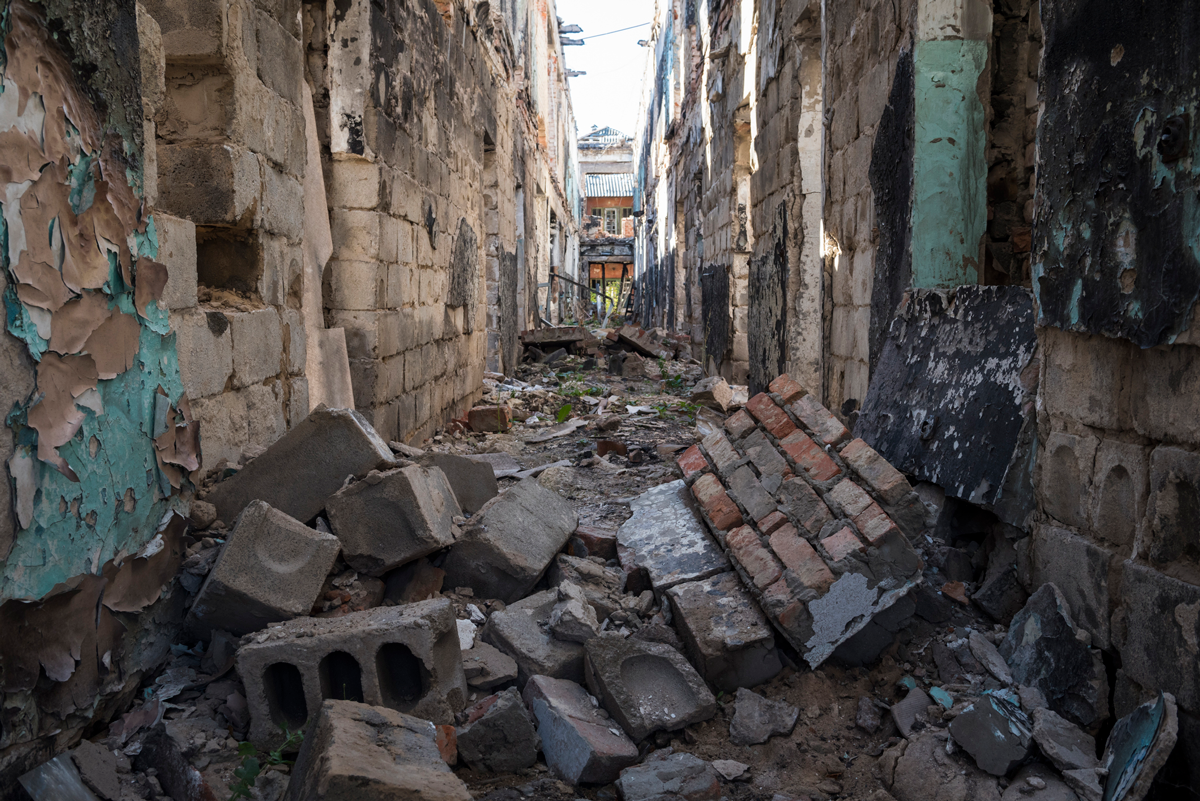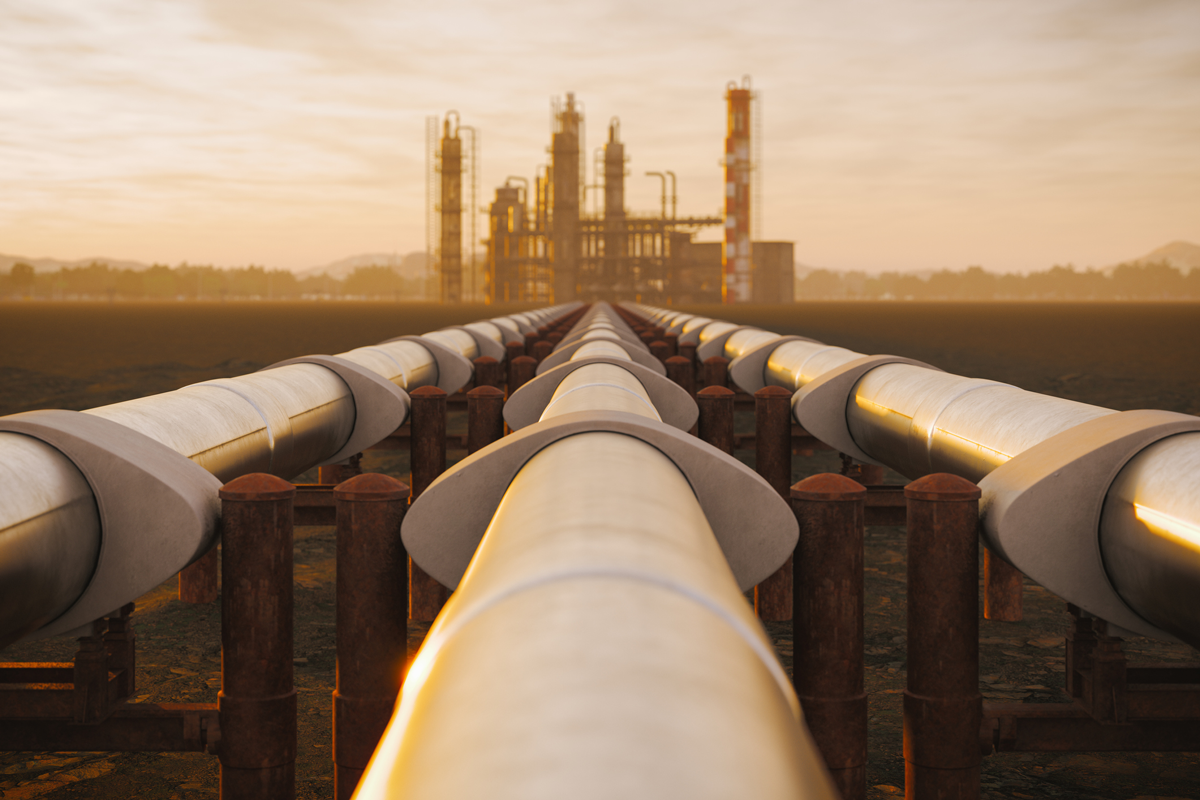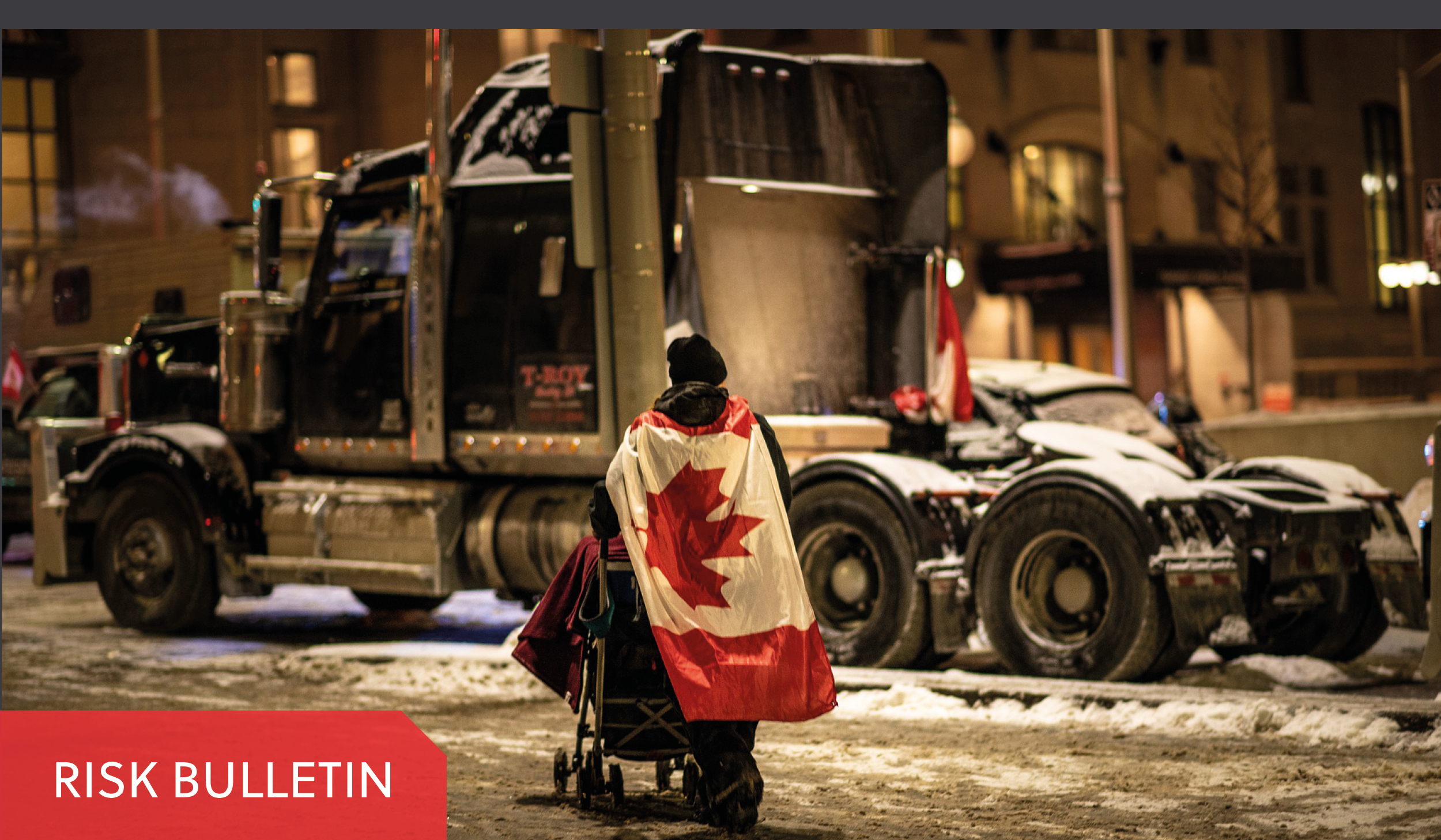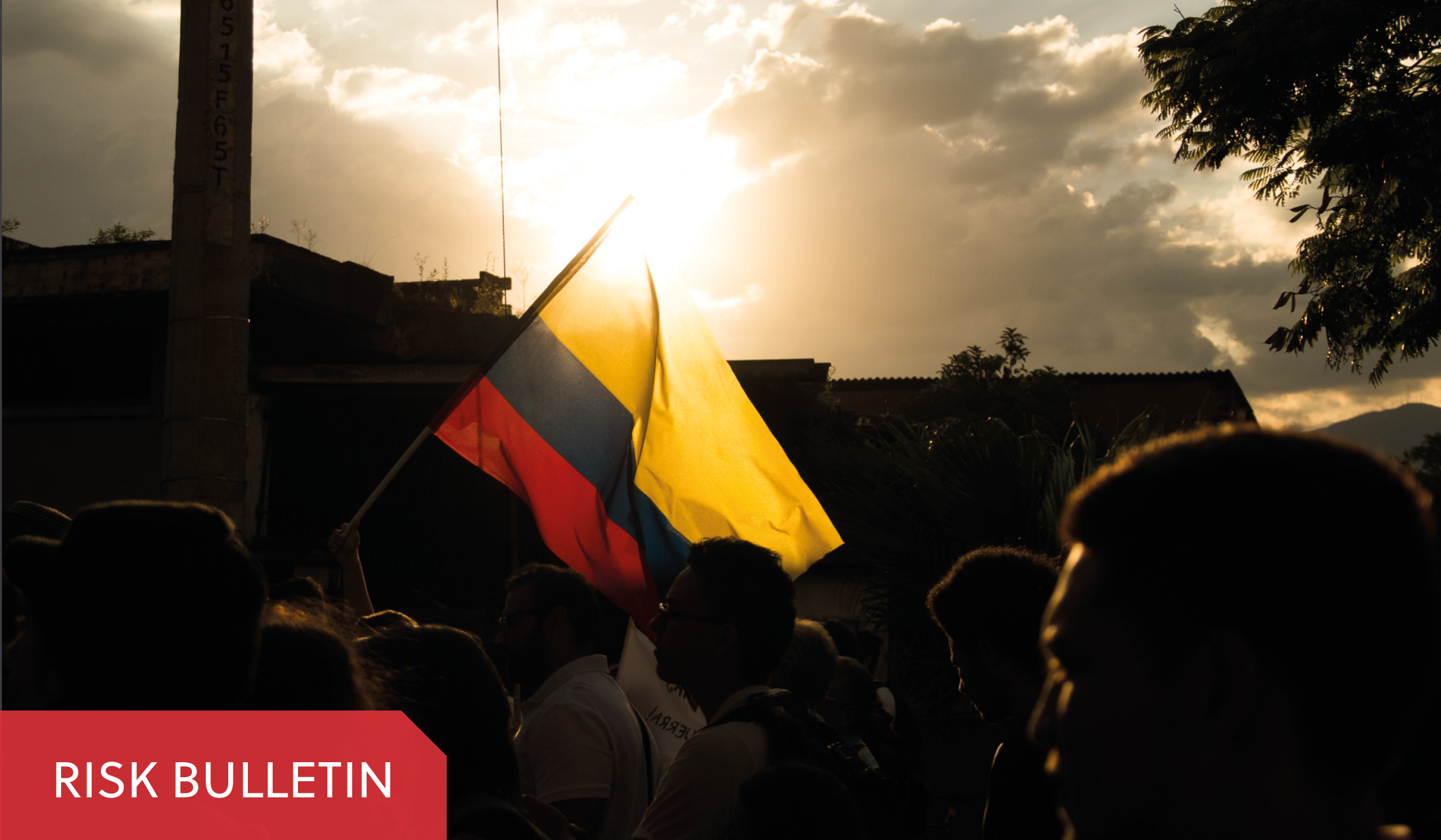On 24 February 2022, Russian President Vladimir Putin announced a “special military operation” he claimed was aimed at demilitarising Ukraine. However, as Russian troops advanced on the capital, Kyiv, it became clear that this was instead a full-scale invasion. But Russia’s military gains have been slow, with some Russian battalions found to be inadequately trained, unprepared, and demotivated – problems that have been exacerbated by poor military planning. Putin’s hopes of a rapid and effective invasion have been thwarted, prolonging the conflict and giving rise to profound geopolitical, social, and economic challenges, which will impact governments, businesses, and people for years to come.
Three key factors have undermined the Russian war effort:
1. Despite Putin’s revisionist historical claims that Ukraine lacked “real” statehood, the stiff resistance and fervent rejection of Russian “liberation” has presented a unified and cogent Ukraine, that is unwilling to bend to Russia’s will and ready to defend itself against Russian aggression.
2. Years of widespread corruption have undermined Russia’s efforts to modernise the military following the 2008 Georgian war. While Russia has invested heavily in a range of military upgrades, and there has been notable improvement in areas such as cruise and ballistic missile capabilities, air defences and tactical nuclear weapons, it is also apparent that the capabilities of ground forces – whether in terms of logistical support, equipment maintenance, or operational cohesiveness between different units – are underwhelming. Reports of significant material shortcomings speak to the erosive effect of pervasive corruption in Russia.
3. Finally, Putin’s regime appears to have been thoroughly surprised by the unified Western reaction to the invasion. Instead of a fragmented European Union and a hapless US administration beset by domestic political divisions, Russia’s aggression was met with a package of far-reaching sanctions that have sent the rouble into a tailspin and forced the Russian central bank to raise its benchmark interest rate from 9.5% to 20% in a bid slow runaway inflation. Russian planes have been effectively blocked from European and North American airspace, several Russian banks have been closed off from the international SWIFT payment system, and Russian athletes and teams have been prevented from competing in range of sporting events – a relatively minor point in the circumstances, but one that is likely to aggrieve sports enthusiast Putin on a personal level, and present a difficult point for Kremlin’s propaganda department to explain away to Russians closed off from the global perception of the war.

On the battlefield, the slow advance is resulting in higher-than-expected military casualties and significant destruction of military assets. According to some estimates, Russia has lost close to 4,000-6,000 men and military equipment worth USD five billion, including more than 200 tanks and 1,000 armoured vehicles. The reported deaths of several high-ranking officers, including at least four generals, speaks to the disarray of military operations on the front lines. The longer the conflict goes on, the more these costs will pile up. And despite an estimated war chest of more than USD 600 billion in foreign reserves, the effect of the sanctions will over time deplete Russia’s ability to absorb the decline in export revenues. Indeed, Russian finance minister Anton Siluanov recently admitted that nearly half of this sum was inaccessible after being frozen by sanctions.
The Russian military’s failure to make speedier progress means Putin has few good options left – there will be no triumphant return home for Russian troops and certainly any near-term plans to expand a Russian advance beyond Ukraine are likely to be tempered. As a result, short of forcing Ukraine into submission, either by conventional military or nuclear means, some form of negotiated settlement seems the most likely outcome, though this may well be prefaced by a prolonged conflict – a battered Russian army returning home with little to show for it would be politically disastrous for Putin.
ON THE GLOBAL STAGE
Regardless of the direction possible negotiations take, Russia’s aggression has changed the European political landscape for decades to come, and a globalised network of intricate dependencies and supply webs mean it will have ripple effects through the global economy for several years. In time, Ukrainians will need to focus on rebuilding their country and Russia will need to navigate the severe economic realities of international isolation. Key macroeconomic and geopolitical challenges will remain, impacting businesses across the globe.
Disruption to the global energy market
The conflict has exposed Europe’s reliance on Russian natural gas, a dependency which had increased amid the continent’s broader clean energy transition. A need to move away from Russian gas will require shifts in the energy policies of several European states, as well as increased investment, including in infrastructure, in sourcing alterative gas and (renewable) energy supplies. This will bring with it longer-term price hikes, beyond the uncertainty-driven volatility witnessed in the global oil market in recent weeks, as countries turn to gas supplies from further afield. European countries’ energy needs will also drive up demand from non-Russian markets further impacting global prices for buyers within and beyond Europe. This will be particularly impactful for energy importers globally who will face wider fiscal deficits and inflation.
Meanwhile, countries such as Germany are returning to the security ‘dirty’ fuels like coal offer during this time of crisis. Germany has not ruled out extending the lifespan of coal and nuclear plants beyond the country’s stringent commitments to securing greener energy supplies. Other Russia-reliant countries are likely to explore similar options as part of efforts to shore up energy supplies which will have ramifications for global green energy goals.
Disruptions to global shipping
Challenges for overland transit through Russia, in large part driven by compliance and reputational concerns, will prove disruptive to Asia / Europe trade, placing further pressure on the already overextended global shipping market. Demand for global shipping remains high with non-conflict related supply chain issues already driving up freight rates. Prior to the invasion, the cost of the average trans-Pacific shipment, for example was forecast to remain around USD 15,000 for at least the first half of 2022. While fees were set to average USD 7,500 for the second half of the year, this remains close to five times pre-pandemic costs. This is likely to trend upward as shipping operators navigate the complexities of financial sanctions targeting Russian entities, bans on Russian ships and cargo from strategic ports and the fact that a large portion of shipping crew are from Ukraine and are eager to join those on the battlefield. Airfreight is unlikely to offer an immediate alternative for moving goods through the region, following EU countries closure of their airspace to Russian aircraft and the reciprocal move from Russia. Disruptions to shipping routes in the Black Sea will also place increased pressure on grains supplies, themselves already severely impacted by the conflict.
Disruptions to grain supplies and food security concerns
Together, Russia and Ukraine produce 29% of the world’s wheat supply and 19% of global corn. Any disruptions to exports and supply will have profound effect on the commodity markets. Already, Ukraine has banned the export of essential food supplies including wheat, oats, sugar, and live cattle to ensure domestic stocks were not depleted during the war while Russia has sought to ban grain exports to several countries as part of its pushback against sanctions. This has raised concerns over food security for several countries in Africa and the Middle East. Egypt and Libya, for example, import approximately 80% of their wheat supplies from Russia and Ukraine. Protests over these issues have already been reported in Iraq, Morocco, the Philippines, Sri Lanka, Sudan, and several other countries, and will likely intensify if the conflict drags on for months.
Disruption to global supply chains
Beyond grains and gas, other industrials will face global supply chains issues across metals and chemicals supply. The automotive industry, for example, is already preparing for operational adjustments and delays as the war worsens the global semiconductor shortage, with Ukraine being a key source of semiconductor-grade neon. Meanwhile, the Russian trade ministry called for a suspension of fertiliser exports, directly impacting farmers around the world, increasing concerns on secondary impacts of the conflict on global food supplies.
NO GOOD DEED
It now seems apparent that prior to the invasion Putin’s interpretation of the situation was premised on false narratives and misaligned intelligence assessments – leading to a monumental miscalculation. This miscalculation has already had severe implications for the civilian population in Ukraine, but it will also leave its mark on both the Russian and global economies. The long-term political consequences – for Russia and for Putin – will be significant. While there are no clear outcomes yet, the war will leave behind a trail of destruction, division and distrust both within and beyond Russia. Meanwhile, although the united response from the West has been welcomed as a sign of strength against aggression, the conflict will leave a long-lasting impact on the global order and the various interdependencies that exist therein.




 Email MARKUS
Email MARKUS





 @SRMInform
@SRMInform
 S-RM
S-RM
 hello@s-rminform.com
hello@s-rminform.com

